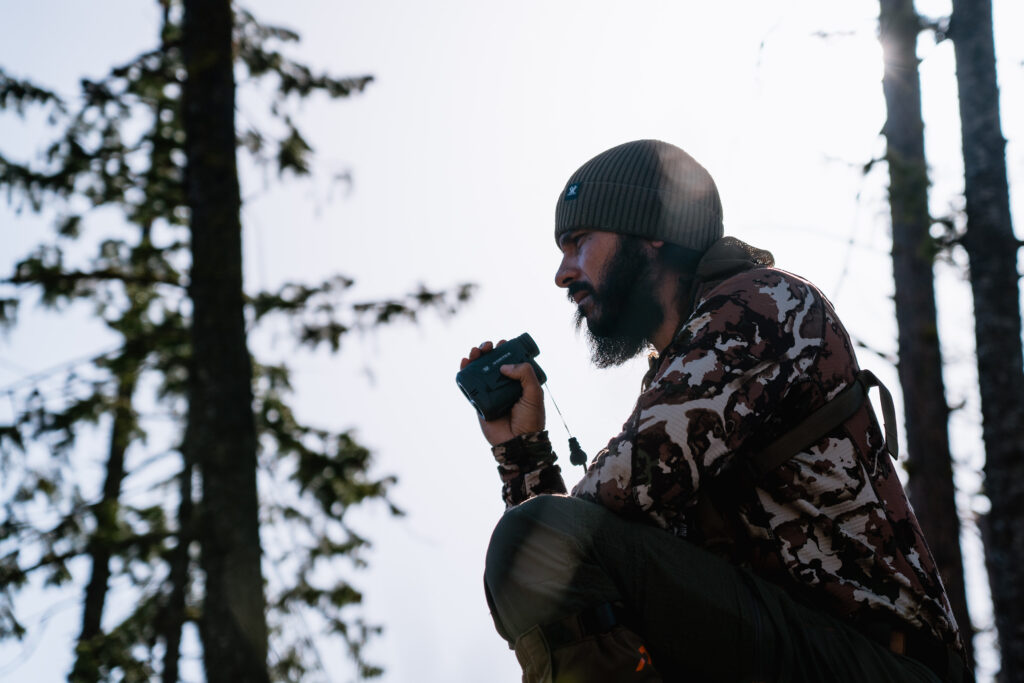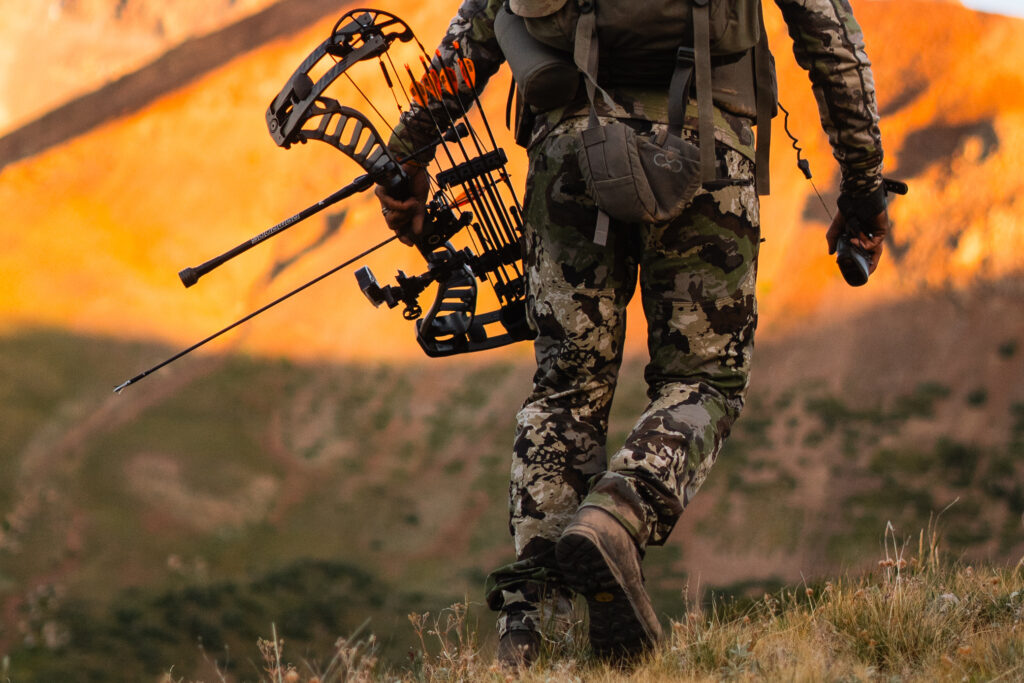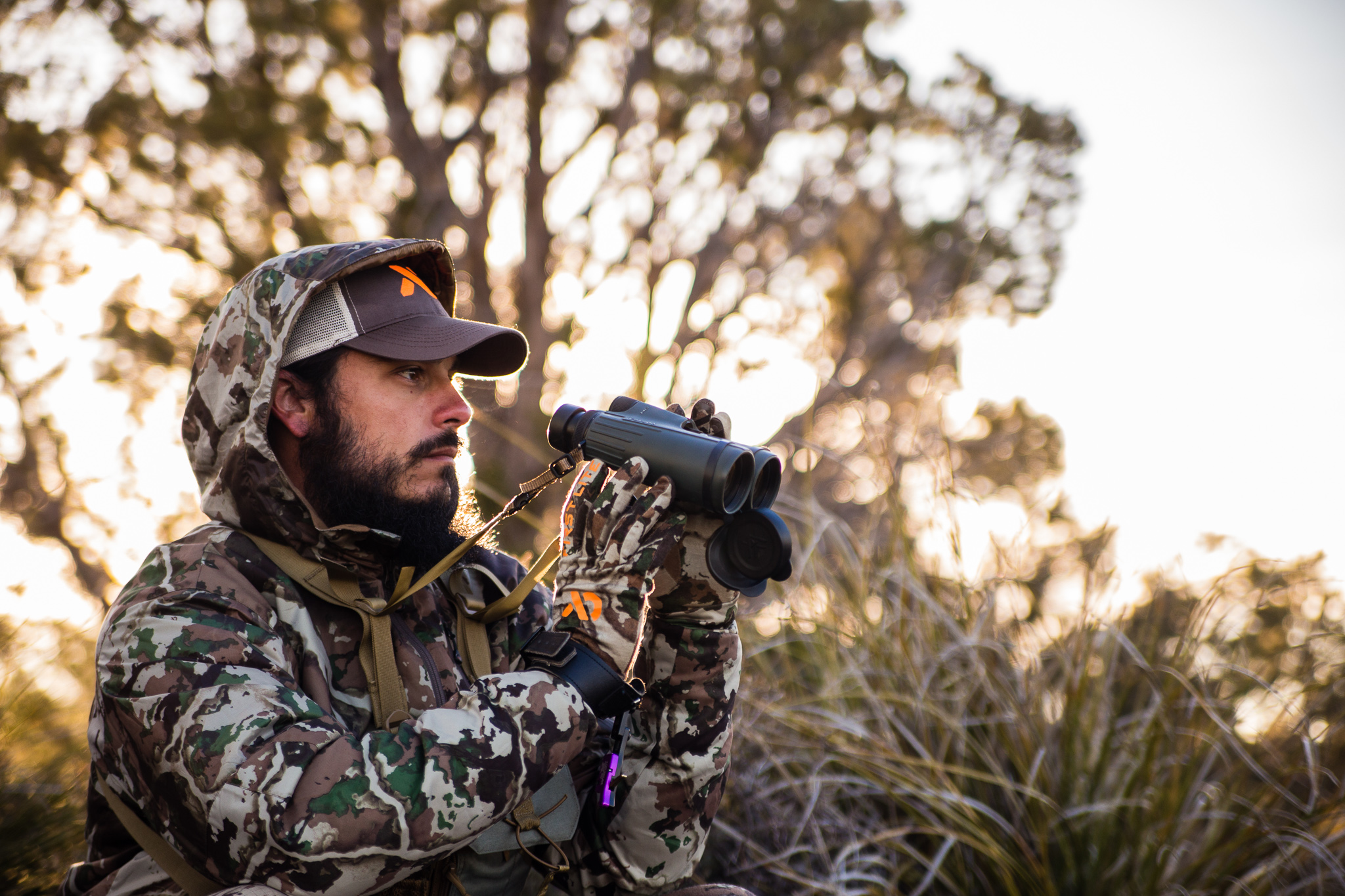
Back before I ever had my very first rangefinder, my perception of them was always that they existed for one to range an animal to get an accurate distance to aim for the shot. And while they absolutely own that space in terms of use, there are other ways that I have found to effectively use rangefinders to make me a more efficient hunter. 2 in particular to be exact.

The first AHA moment I had with rangefinders many years ago was when I realized I could use them to help plan my stalks in the field. Planning a stalk and navigating over to an animal is one thing. Knowing where to potentially shoot from though is another.
Let me give you an example. There is a deer bedded, facing downhill, but there is a big boulder behind them. What I’d do here is range the deer. Let’s say the deer is 500 yards from me. Then I’d range the boulder. Maybe the range I get there is 547 yards. Now, I know that if I can get to that boulder, I’ll be somewhere in the range of 47 yards from that deer. Of course, I’d properly range the deer once I got over there, but knowing the rock is around that distance away tells me I can shoot from that boulder.
Sometimes a deer is not bedded, or if they are maybe you don’t know their exact location. Or maybe you’re just still hunting through the forest. In these scenarios, using the above tactic of “ranging the boulder” isn’t a concrete way of planning. So, I started glassing with my rangefinder.

Let’s say a buck is up and rutting does around. What I’d do in this case is once I got somewhere in the area of 100 yards, I’d have my rangefinder in my hand the entire time. With each step, I’d periodically glass ahead of me through my rangefinder. Doing this eliminates the extra movement that would come from using my binoculars and then grabbing my rangefinder. And the best part is, once I do see the buck, he is already in my rangefinder, so I can get an accurate range on him right on the spot. Bingo.
Check out my review of the Vortex Diamondback HD 2000 Rangefinder
So, you see? There is more than meets the eye with rangefinders. Whether you’re ranging animals for a shot, planning a stalk, or even doing close-quarter glassing, rangefinders are fantastic tools for any hunter’s kit. In bowhunting, success comes after navigating through a ton of variables, many of which we have no control of. Using a rangefinder is something we have full control of and in more ways than one.
Want to learn more about backpack hunting? Check out my book Becoming a Backpack Hunter: A Beginner’s Guide to Hunting the Backcountry.


Copyright 2019 Dialed In Hunter
Design by NXNW.